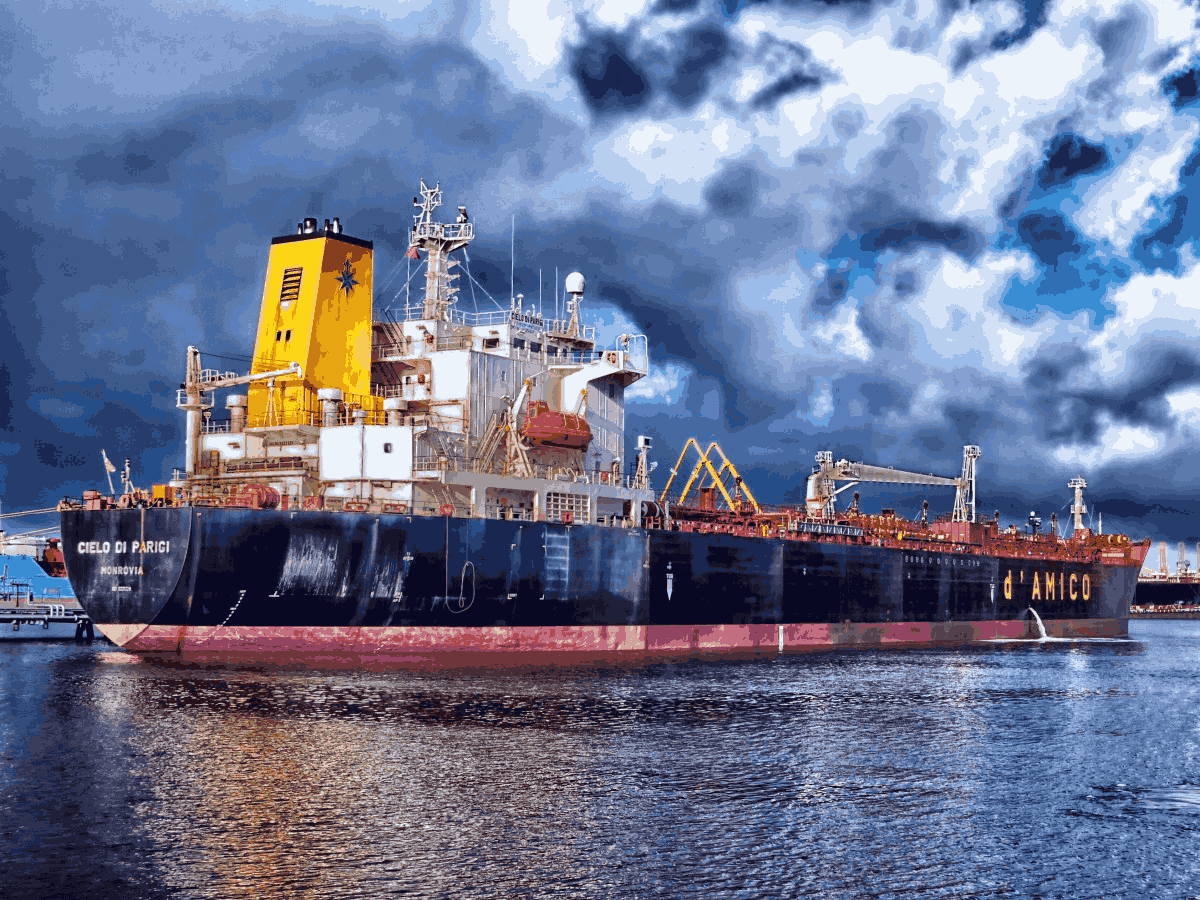Port State Control (PSC) inspections play a crucial role in maintaining safety in the maritime industry. These inspections aim to ensure that vessels comply with international standards and regulations, safeguarding crew members, cargo, and the environment. A key part of these inspections involves identifying detainable deficiencies—serious issues that, if left unaddressed, could result in the detention of a vessel. For maritime professionals, understanding these deficiencies isn’t just a requirement; it is essential to both operational success and maintaining a strong reputation.
In this blog, we’ll explore what technical PSC detainable deficiencies are, why compliance is critical for the maritime industry, and the latest top 18 detainable deficiencies to watch out for. You’ll also learn how these issues can impact operations, along with best practices to address and prevent them.
What Are Technical PSC Detainable Deficiencies?
PSC detainable deficiencies are serious non-compliances with local or international maritime regulations that can cause a vessel to be detained at port. These issues often arise during PSC inspections, conducted by port authorities to ensure maritime safety, security, and pollution prevention standards are upheld.
Deficiencies may include problems with the structure of the ship, equipment malfunctions, non-compliance with international conventions (such as SOLAS, MARPOL, and STCW), or poor onboard practices. Failure to address these deficiencies can lead to severe consequences, such as financial penalties, delays, reputational damage, or, in worst-case scenarios, serious accidents.
Why is Compliance with PSC Standards Critical?
Compliance with PSC standards benefits everyone in the maritime industry. Here’s why it matters:
1. Legal Obligations
Every ship must comply with international conventions and regulations. Detention or penalties due to non-compliance can tarnish the shipowner’s image and create operational interruptions.
2. Financial Implications
A detained vessel can lead to substantial financial losses, whether through port fees, penalties, or interruptions in the shipping schedule. Detention also affects insurers’ confidence, potentially increasing premiums for the ship and operator.
3. Safety Concerns
Deficiencies can jeopardize the safety of the crew, the vessel, and even the maritime environment. Addressing them proactively is paramount for avoiding accidents and environmental risks.
Top 18 Technical PSC Detainable Deficiencies
Understanding the latest detainable deficiencies is vital for ensuring compliance and avoiding costly detentions. Here’s the list of the top 18 technical deficiencies identified during PSC inspections and actionable tips for tackling them:
1. Defective Lifeboats or Rescue Boats
- Example Issue: Improperly maintained lifeboat release mechanisms.
- Solution: Conduct regular servicing and thorough inspections of all lifeboats and their equipment.
2. Failure in Fire Safety Systems
- Example Issue: Non-functioning fire detection and extinguishing systems.
- Solution: Perform regular fire drills and check fire extinguishers, hoses, and alarms monthly.
3. Non-Compliance with MARPOL Annex VI
- Example Issue: SOx and NOx emissions exceeding limits.
- Solution: Ensure the proper functioning of the exhaust gas cleaning systems (scrubbers). Use compliant fuel.
4. Ineffective Emergency Drills
- Example Issue: Lack of crew competency in timed safety drills.
- Solution: Schedule frequent drills to ensure crew preparedness and compliance.
5. Defective Navigation Lights
- Example Issue: Non-functional or incorrectly installed navigation lights.
- Solution: Check and replace faulty bulbs or connections regularly.
6. Invalid or Expired Certificates and Documents
- Example Issue: Expired Safety Management Certificates (SMC).
- Solution: Create a tracking system to monitor and renew certificates on time.
7. Corroded Hull or Structural Deterioration
- Example Issue: Visible cracks or corrosion on the hull.
- Solution: Schedule regular maintenance and dry-docking to address structural issues promptly.
8. Poor Oil Filtering System Maintenance
- Example Issue: Non-compliance of oil filtering equipment with MARPOL standards.
- Solution: Ensure regular checks, and replace components of the separator as needed.
9. Deficient Emergency Power Supply
- Example Issue: Emergency generators failing to start during inspections.
- Solution: Conduct regular load tests and inspect the system frequently.
10. Unsafe Working Conditions
- Example Issue: Damaged ladders, handrails, or protective gear.
- Solution: Address potentially unsafe conditions during routine inspections.
11. Inefficient Alarm and Monitoring Systems
- Example Issue: Faulty smoke detectors or cargo hold alarms.
- Solution: Test alarms regularly during sailing intervals.
12. Invalid or Missing Garbage Management Plan
- Example Issue: No garbage record book onboard.
- Solution: Maintain an updated garbage record book and implement a strict onboard waste policy.
13. Improper Stability Documentation
- Example Issue: Missing or outdated stability calculations.
- Solution: Always update stability documentation prior to sailing.
14. Fire Doors Failing Automatic Closure
- Example Issue: Fire doors that do not shut or seal properly.
- Solution: Perform annual inspections on automatic fire door systems.
15. Non-Compliant Ballast Water Treatment Systems
- Example Issue: No treatment system or an incorrectly functioning one.
- Solution: Conduct routine functionality tests and ensure alignment with Ballast Water Management regulations.
16. Pollution Prevention Equipment Failures
- Example Issue: Faulty sludge incinerators or overboard discharge equipment.
- Solution: Maintain and test pollution control equipment regularly.
17. Insufficient Emergency Escape Routes
- Example Issue: Blocked or poorly lit escape routes.
- Solution: Conduct routine checks and ensure clear markings of escape paths.
18. Improper Cargo Securing
- Example Issue: Unsecured or inadequately lashed cargo containers.
- Solution: Follow the Cargo Stowage and Securing Manual (CSS Code) guidelines.
The Impact of Deficiencies on Daily Ship Operations
Failure to address these deficiencies can lead to operational halts, increased risks of onboard accidents, and even blacklisting of vessels for future voyages. For the crew, inadequate training or preparedness as a result of these deficiencies can increase stress, reduce morale, and ultimately affect ship productivity.
Best Practices to Stay Compliant
1. Regular Inspections
Establish a rigorous inspection schedule to monitor and maintain ship systems regularly.
2. Crew Training
Make ongoing training a priority. Conduct mock inspections to prepare for PSC audits.
3. Stay Updated with Regulations
Monitor and adhere to updates in international conventions like SOLAS, MARPOL, and others.
4. Collaborate with Experts
Engage third-party consultants or surveyors to identify vulnerabilities and address issues proactively.
Navigating Future Regulatory Changes
Changes in maritime regulations occur frequently to address emerging risks and technological advancements. For instance, stricter emission controls and digital compliance reporting systems are becoming key areas of focus. Staying informed and adaptable will ensure your vessel remains compliant, sustainable, and competitive.
Prioritizing Compliance for Safer Seas and Successful Voyages
PSC compliance is non-negotiable for maritime professionals. By understanding the top technical deficiencies and taking proactive steps to address them, you can protect your crew, your vessel, and your company’s reputation. Ensure regular maintenance, invest in crew training, and stay current with regulatory changes.
For more information and guidance, consult industry experts or join professional groups to share best practices. Together, we can build safer and more compliant seas.

